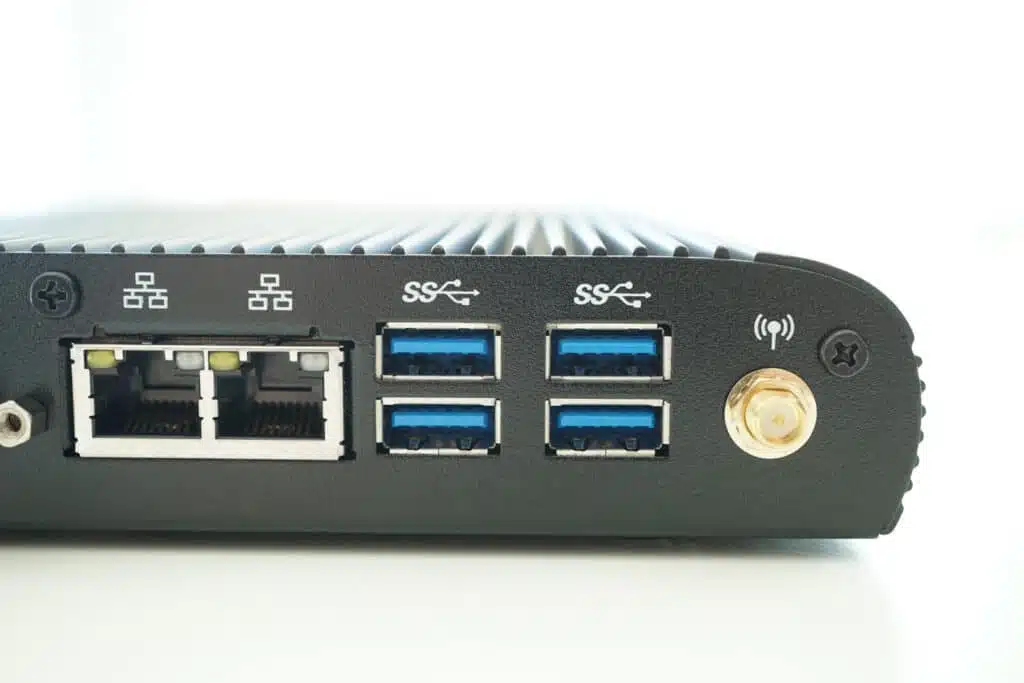27.09.2018

The well-known abbreviation USB stands for Universal Serial Bus and describes a serial bus system that was developed by a merger of several companies - including NEC and Microsoft - for connecting peripheral devices to PCs. A computer with a USB port, but also USB sticks, can be connected to each other during operation, whereby the external device and its properties are automatically recognized. This process is known as hot plugging.
The first USB 1.0 specification with a data rate of 12 Mbit/s was launched on the market in 1996. With the introduction of USB 2.0 in 2000, hard disks and video devices could now also be connected thanks to a data rate of up to 480 Mbps.
Ten years ago, the new specifications for USB 3.0 SuperSpeed - also known as USB 3.1 Gen. 1 - with a data rate of 5 Gbit/s were introduced. New cables, plugs and sockets were also introduced at the same time. In 2013, USB 3.1 - known as USB 3.1 Gen. 2 - which doubled the speed of its predecessor to 10 Gbit/s, was completed. The very latest USB 3.2 specification with a data rate of up to 20 Gbit/s was only published in 2017.
By the way: Every spo-comm Mini-PC system is equipped with at least one USB 3.0 port!
USB communication is controlled by a host controller, which is usually installed on the mainboard. Only this controller can read the data of a device or send data to the device. However, the device may only send data if this is requested by the host controller.
There are four established standards to which the USB controller chips adhere and which differ in terms of their performance and the implementation of functions:
The Universal Serial Bus has various plugs and sockets that differ in terms of their dimensions, but also in terms of the possible data transfer speeds.
The latest of these is the universal USB type C connection, which is also used in smartphones, among other things, due to its low height and width. Data rates of up to 10 Gbit/s or 1.25 Gb/s are possible here, as USB 3.1 Gen 2 is supported. The USBC interface is suitable for transferring audio and video data in parallel with USB data and also supports DisplayPort, PCIe & Thunderbolt.

Machines that know when they need to be serviced before anything breaks down. Sounds like a dream of...

Although the vacation season was at its peak for us in September, we can shine with two new products...

Digital signage has long been much more than just static screens. In times of Industry 4.0, smart bu...
You need to load content from reCAPTCHA to submit the form. Please note that doing so will share data with third-party providers.
More Information